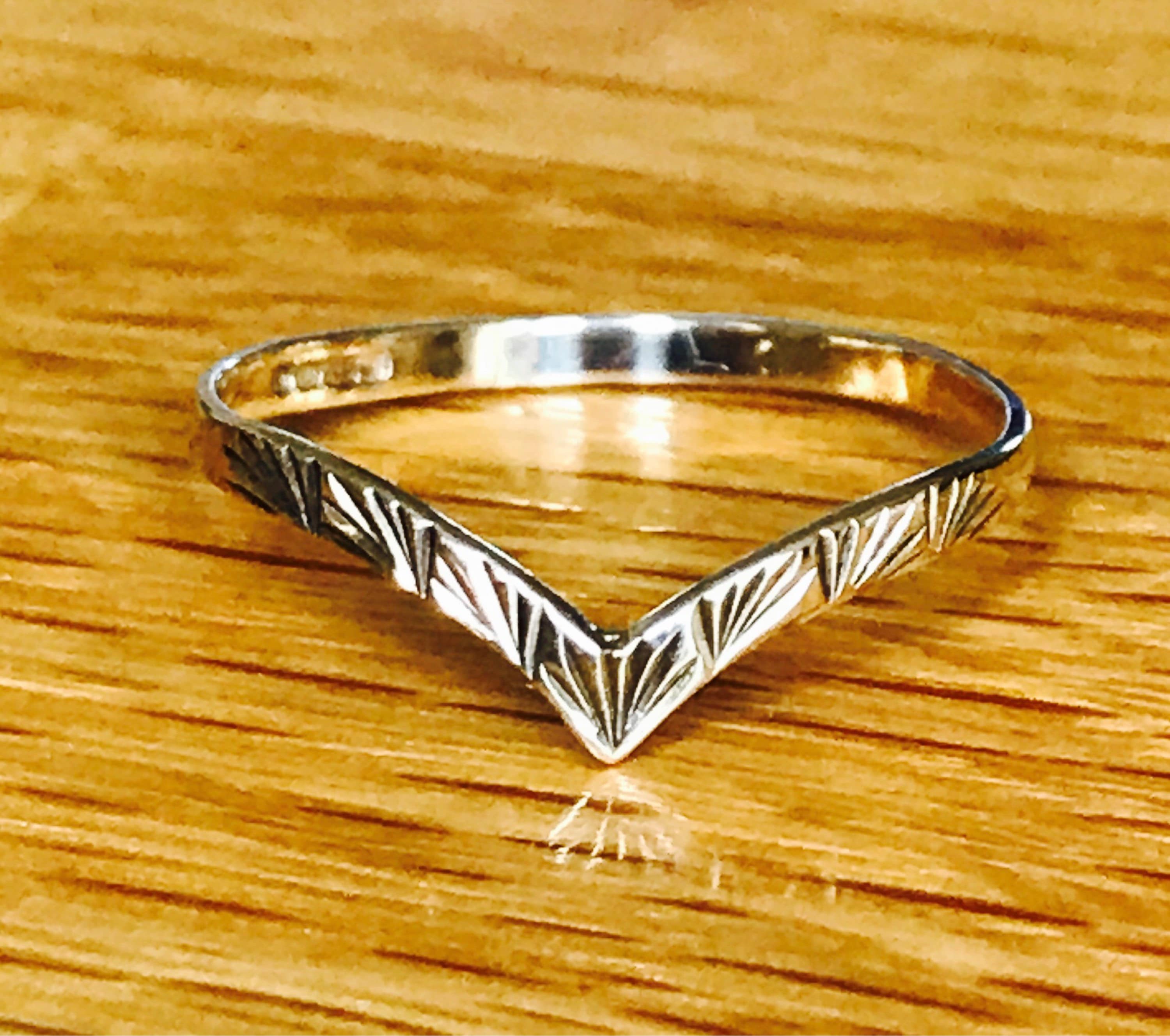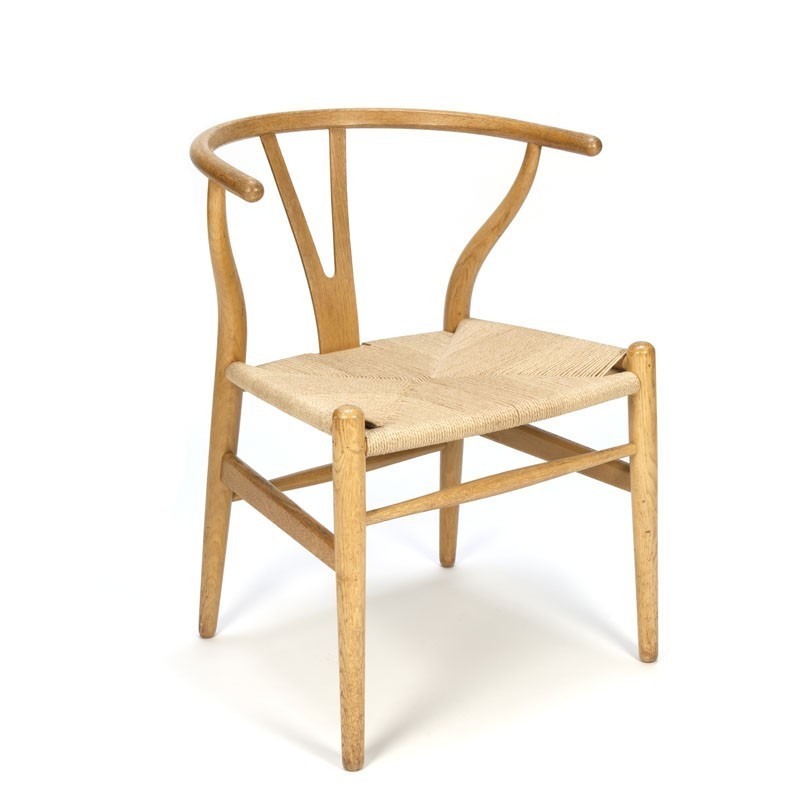Have you ever stumbled upon something that feels like it’s straight out of a bygone era? Something so iconic, so effortlessly stylish, that it makes you question why you didn’t own one sooner? Well, let me introduce you to the world of Wishbone vintage. It’s not just furniture; it’s an experience, a piece of history, and a design that has captured hearts for generations.
Wishbone vintage is more than just a chair. It’s a symbol of craftsmanship, elegance, and timeless beauty. The moment you see one, you’re transported to a world where quality and design were everything. And trust me, once you sit in one, there’s no going back. It’s like finding a hidden treasure in your grandma’s attic, except this treasure is now a global sensation.
What makes Wishbone vintage so special? Well, buckle up, because we’re about to dive deep into its history, design, and why it continues to be a favorite among design enthusiasts and collectors alike. This isn’t just about buying a chair; it’s about owning a piece of history.
Read also:Eric Flores The Rising Star In The World Of Tech Innovation
Table of Contents
- The History of Wishbone Vintage
- Design Features That Make Wishbone Stand Out
- Why Wishbone Vintage Is Still Popular Today
- How to Care for Your Wishbone Vintage
- Restoring Wishbone Vintage
- Wishbone Vintage for Collectors
- The Market for Wishbone Vintage
- Tips for Buying Wishbone Vintage
- Alternatives to Wishbone Vintage
- The Future of Wishbone Vintage
The History of Wishbone Vintage
Let’s take a little trip down memory lane. The Wishbone chair, or as it’s officially known, the CH24, was designed by none other than Hans J. Wegner in 1949. This Danish designer had a knack for creating furniture that was both functional and beautiful. The Wishbone chair quickly became one of his most famous designs.
What’s fascinating about this piece is how it blends traditional craftsmanship with modern design. The inspiration came from Chinese Ming dynasty chairs, but Wegner added his own twist, making it distinctly Scandinavian. The result? A chair that’s as comfortable as it is stunning.
How It All Began
Wegner wasn’t just any designer; he was a perfectionist. He spent years refining the design of the Wishbone chair, ensuring every detail was just right. The chair’s signature Y-shaped backrest, or the "wishbone," gives it its name and adds a unique touch that’s instantly recognizable.
The production process is just as impressive as the design itself. Each chair is handcrafted using traditional techniques, which is why it takes around 100 different steps to create one. This level of attention to detail is what makes Wishbone vintage so special.
Design Features That Make Wishbone Stand Out
When you look at a Wishbone vintage chair, the first thing you notice is its sleek, minimalist design. But there’s so much more to it than meets the eye. The chair is crafted using high-quality materials, ensuring it lasts for generations.
- Wooden Frame: The frame is typically made from solid wood, such as ash or oak, which gives it a sturdy and durable structure.
- Woven Seat: The seat is handwoven using paper cord, a material that’s both strong and flexible. This ensures comfort and longevity.
- Comfortable Shape: The curved backrest and ergonomic design provide excellent support, making it perfect for long hours of sitting.
Why the Design Endures
The Wishbone chair’s design is a masterclass in simplicity. It’s not overly complicated, yet it’s packed with features that make it stand out. The combination of natural materials and clean lines creates a look that’s both modern and timeless.
Read also:Lisa Berigan The Rising Star Redefining Music And Entertainment
Another reason it’s so beloved is its versatility. Whether you’re decorating a rustic cabin or a contemporary apartment, the Wishbone chair fits right in. It’s like the little black dress of furniture—always appropriate, always stylish.
Why Wishbone Vintage Is Still Popular Today
You might be wondering why a chair from the 1940s is still so popular today. Well, my friend, the answer lies in its timeless appeal. In a world where trends come and go faster than you can say "millennial pink," the Wishbone chair remains a constant.
People are drawn to its simplicity, quality, and the story behind it. It’s not just a piece of furniture; it’s a conversation starter. Imagine sitting in your living room, sipping coffee, and explaining to your friends how this chair was inspired by ancient Chinese designs. It’s like having a piece of art in your home.
Modern Relevance
In today’s fast-paced world, there’s a growing appreciation for things that are handmade and unique. The Wishbone chair fits perfectly into this trend. It’s a reminder of a time when craftsmanship was king, and that resonates with a lot of people.
Plus, with the rise of sustainable living, people are looking for products that are built to last. The Wishbone chair ticks all the boxes—durable, eco-friendly, and oh-so-stylish.
How to Care for Your Wishbone Vintage
Now that you’ve fallen in love with the Wishbone chair, it’s time to learn how to take care of it. Proper maintenance will ensure your chair remains in tip-top shape for years to come.
- Cleaning: Use a soft, damp cloth to wipe down the wooden frame. Avoid using harsh chemicals, as they can damage the finish.
- Protecting the Seat: The woven paper cord seat can be cleaned with a vacuum cleaner’s soft brush attachment. For tougher stains, gently scrub with a mild soap solution.
- Placement: Keep the chair away from direct sunlight and heat sources to prevent fading and warping.
Pro Tips for Longevity
Here’s a secret: rotate the chair occasionally. This helps distribute wear evenly and prevents one side from becoming more worn than the other. It’s like giving your chair a little spa day.
Also, consider re-oiling the wood every few years to keep it looking fresh. Think of it as moisturizing your skin—it keeps things looking youthful and vibrant.
Restoring Wishbone Vintage
Let’s say you’ve found a Wishbone chair at a flea market or inherited one from a relative. Chances are, it might need a little TLC. Restoring a vintage Wishbone chair is a rewarding project that can breathe new life into an old piece.
Start by assessing the condition of the chair. Is the wood damaged? Is the seat torn? Once you’ve identified the issues, you can begin the restoration process. Sand down any rough spots, repair the woven seat if necessary, and apply a fresh coat of oil or varnish.
DIY Restoration Tips
If you’re feeling adventurous, here are a few tips for restoring your Wishbone chair:
- Use fine-grit sandpaper to smooth out any imperfections on the wood.
- Replace the paper cord seat if it’s beyond repair. There are kits available that make this process easier.
- Choose a finish that complements the wood. Whether it’s a natural oil or a dark stain, the right finish can transform the look of your chair.
Wishbone Vintage for Collectors
For collectors, the Wishbone chair is a holy grail of sorts. Its rarity and historical significance make it a prized possession. If you’re lucky enough to own one, you’re part of an exclusive club.
Collectors often seek out limited edition or rare versions of the Wishbone chair. These can vary in color, material, or even design. Some editions are numbered, making them even more valuable.
How to Spot a Rare Wishbone Chair
Here’s where things get interesting. A rare Wishbone chair might have unique features that set it apart from the standard version. Look for unusual colors, special finishes, or even signed pieces. These details can make a big difference in value.
And don’t forget to check the underside of the chair. Many rare editions will have a label or marking that indicates its uniqueness. It’s like finding a secret code that only true enthusiasts can decipher.
The Market for Wishbone Vintage
The market for Wishbone vintage is thriving. Whether you’re looking to buy, sell, or simply admire, there’s plenty of activity in this niche. Online marketplaces, auctions, and specialty stores all offer opportunities to find the perfect Wishbone chair.
Prices can vary widely depending on the condition, rarity, and provenance of the chair. A standard Wishbone chair might cost a few hundred dollars, while a rare or limited edition could fetch thousands.
Investing in Wishbone Vintage
If you’re considering Wishbone vintage as an investment, you’re not alone. Many people see these chairs as valuable assets that appreciate over time. Just like with art or wine, the key is to do your research and buy wisely.
Look for pieces with a strong provenance or unique features. These are more likely to increase in value as the years go by. And remember, patience is key. Like any investment, the rewards come with time.
Tips for Buying Wishbone Vintage
Buying a Wishbone vintage chair can be a thrilling experience, but it’s important to approach it with caution. Here are a few tips to help you navigate the market:
- Do Your Research: Learn about the different versions and editions of the Wishbone chair. This will help you identify rare or valuable pieces.
- Check the Condition: Look for signs of wear and tear, and consider whether restoration is needed. A well-maintained chair will hold its value better.
- Verify Authenticity: Make sure the chair is genuine. Counterfeit pieces do exist, so it’s important to buy from reputable sellers.
Where to Find Wishbone Vintage
There are several places to find Wishbone vintage chairs. Online platforms like eBay and Etsy often have listings, but be sure to check the seller’s reputation. Specialty furniture stores and auction houses are also great resources for finding high-quality pieces.
Alternatives to Wishbone Vintage
If you’re smitten with the idea of owning a classic design chair but the Wishbone isn’t quite your thing, there are plenty of alternatives to explore. Designers like Eames, Le Corbusier, and Arne Jacobsen all created iconic chairs that are worth considering.
Each of these chairs has its own unique story and appeal. Whether you’re drawn to the futuristic look of an Eames chair or the sleek lines of a Le Corbusier, there’s something out there for everyone.
Comparing Wishbone to Other Classics
While the Wishbone chair is undoubtedly special, it’s always good to compare it to other classics. Consider factors like design, comfort, and price when making your decision. Sometimes, the perfect chair is the one that feels just right when you sit in it.
The Future of Wishbone Vintage
So, where does the Wishbone vintage chair go from here? With its enduring popularity and timeless design, it’s safe to say it’s here to stay. As more people embrace sustainable and vintage living, the demand for pieces like the Wishbone chair is only going to grow.
Manufacturers are also exploring new ways to bring the Wishbone chair to a wider audience. Limited edition releases, collaborations with designers, and even affordable replicas are all part of the future of this iconic piece.
A Legacy That Lives On
The Wishbone vintage chair is more than just furniture; it’s a testament to the power of good design. It reminds us that beauty and function can coexist, and that sometimes, the simplest things are the most enduring.
As we move forward into an uncertain future, one thing remains certain: the Wishbone chair will continue to captivate and inspire. It’s a piece of history that’s as relevant today as it was when it was first created.
Conclusion
In conclusion, the Wishbone vintage chair is a masterpiece of design that transcends time. Its combination of elegance, comfort,


